What is the industry chain of humanoid robots?
The industrial chain of robots is complex and can be simply summarized as three parts: "components, ontology, and applications". For humanoid robots, the research department of CICC believes that the division of labor in the industrial chain is not yet clear. From the supply side, each company has different technological routes and does not tend to open source; From the demand side, there is currently no clear scenario for mass production, resulting in the supply chain of humanoid robots not yet fully opened. This article introduces the general graph of the robot industry chain:
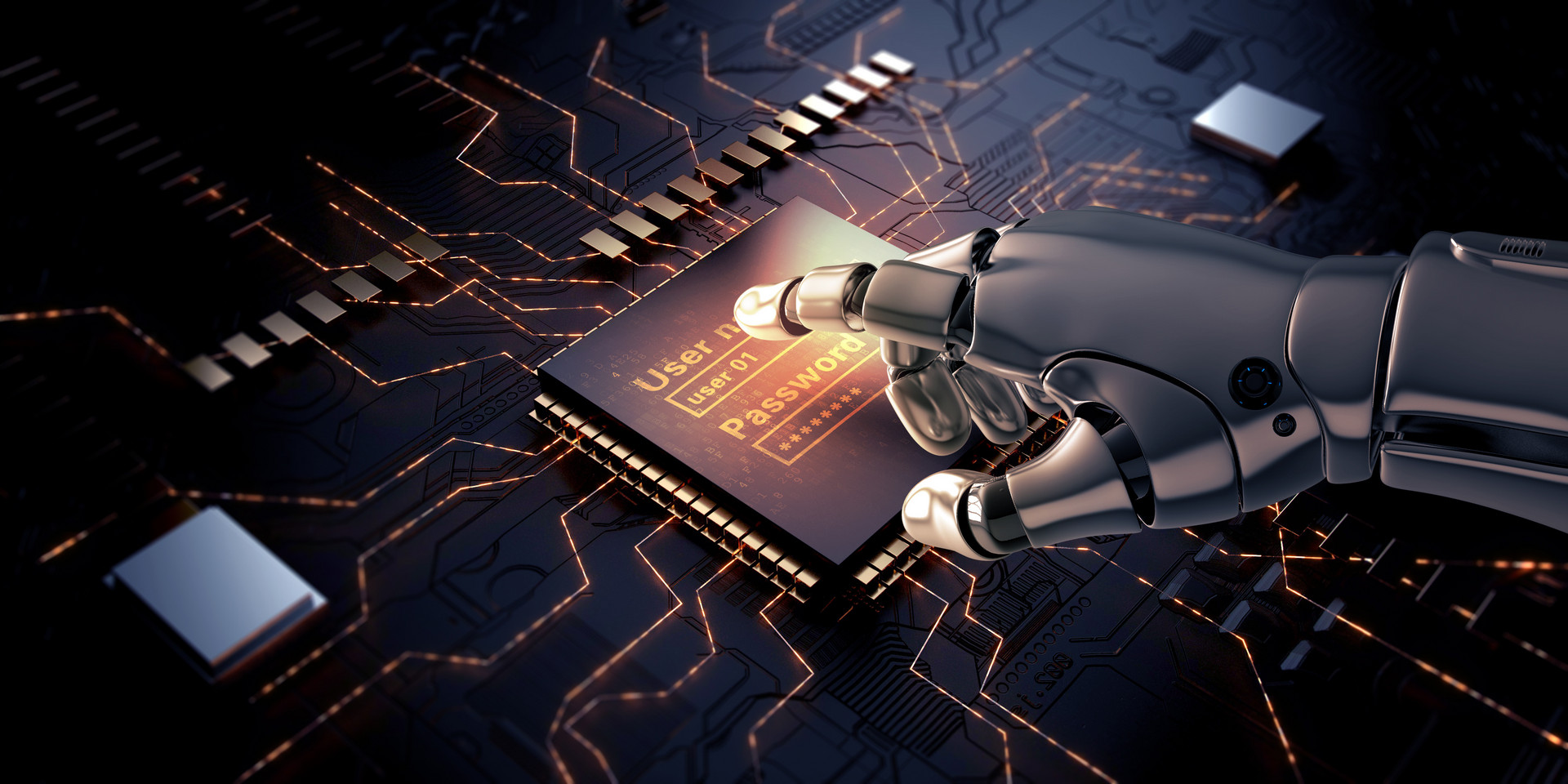
1) Upstream: core components
Most scientists believe that the human body has a total of 78 organs, among which the brain, heart, liver, a kidney, and a lung are essential and are the "core components" of humanity. As a biomimetic robot that mimics humans, humanoid robots are also composed of multiple components, among which the core components include controllers, servo motors, and reducers.
The controller is similar to the "brain" of a humanoid robot, responsible for processing user instructions and issuing corresponding action signals. The controller can control the posture, trajectory, speed, and action sequence of the humanoid robot during operation, and drive the servo motor to complete the corresponding actions. The controller consists of two parts: hardware and software. The servo motor and reducer are responsible for executing the commands after receiving them from the controller, enabling the humanoid robot to accurately complete the required actions.
2) Mid stream: humanoid robot body
In addition to controllers, servo motors, and reducers, humanoid robots also have multiple components. Assemble all the components (hardware and software) to form the humanoid robot body.
3) Downstream: Application of humanoid robots
The application of humanoid robots can be mainly divided into two categories: ordinary service and special service. In terms of ordinary services, humanoid robots have the characteristics of mobility, interactivity, and intelligence, which can undertake simple and repetitive tasks for humans; In terms of special services, humanoid robots can replace humans for more dangerous tasks.
The research department of CICC believes that the application of humanoid robots is still in the exploratory stage. Due to the relatively complex mechanical structure and diverse application scenarios of humanoid robots, whether they can ultimately enter thousands of households from the exhibition hall still has long-term imagination space in the market, but the speed still depends on the technological progress rate of industrialization and landing of humanoid robots.

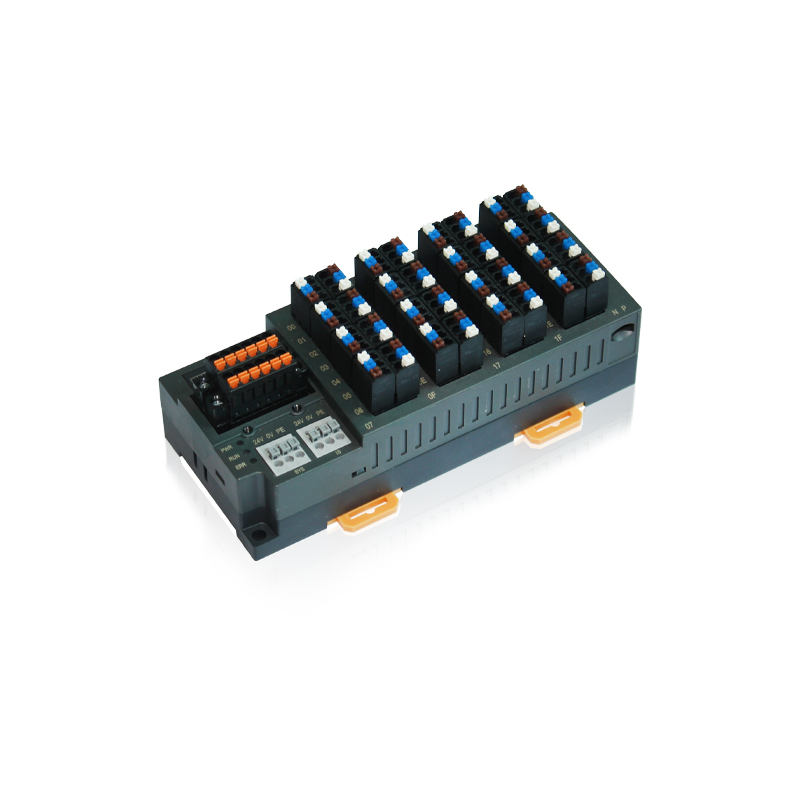
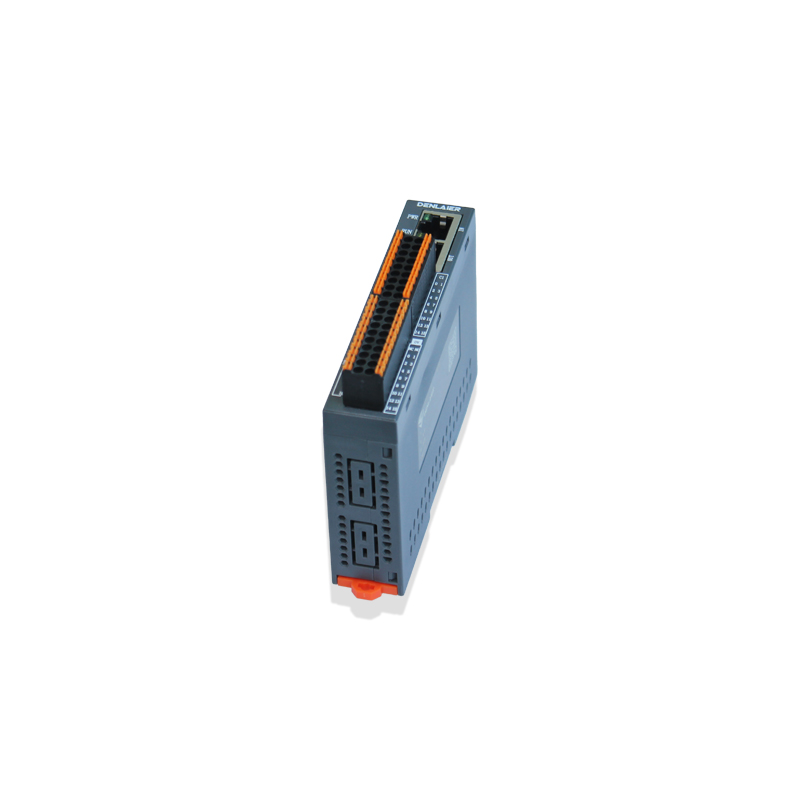
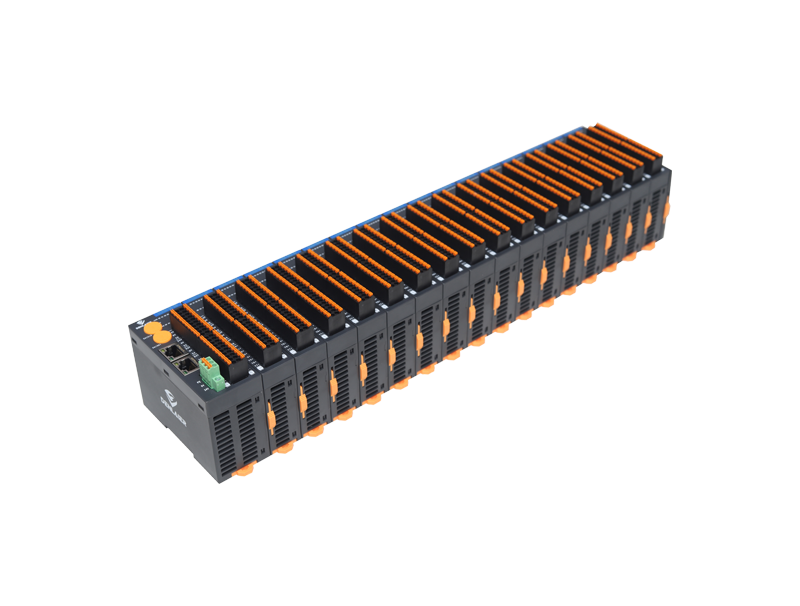
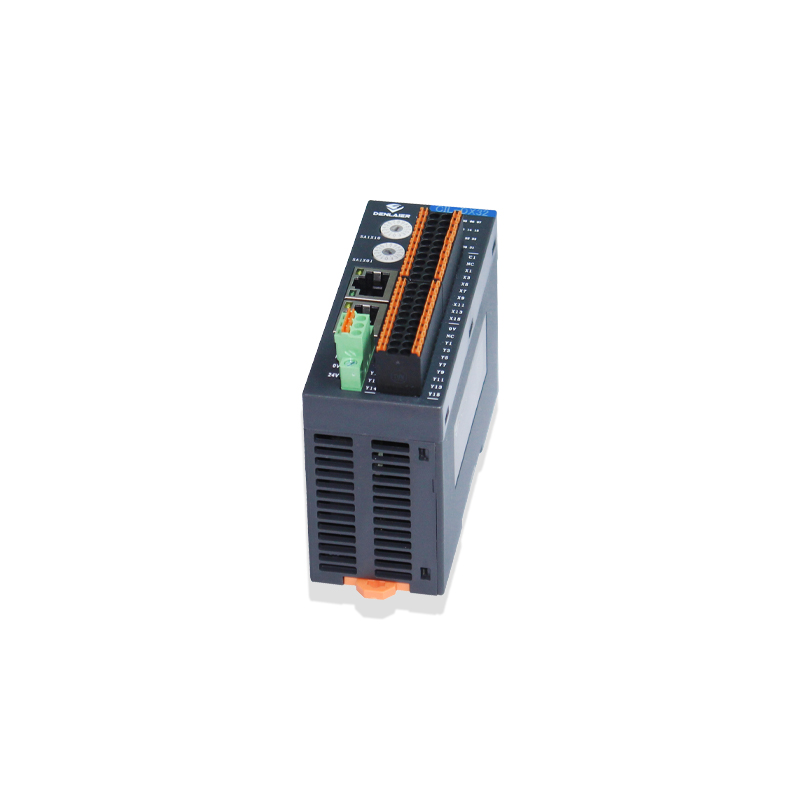
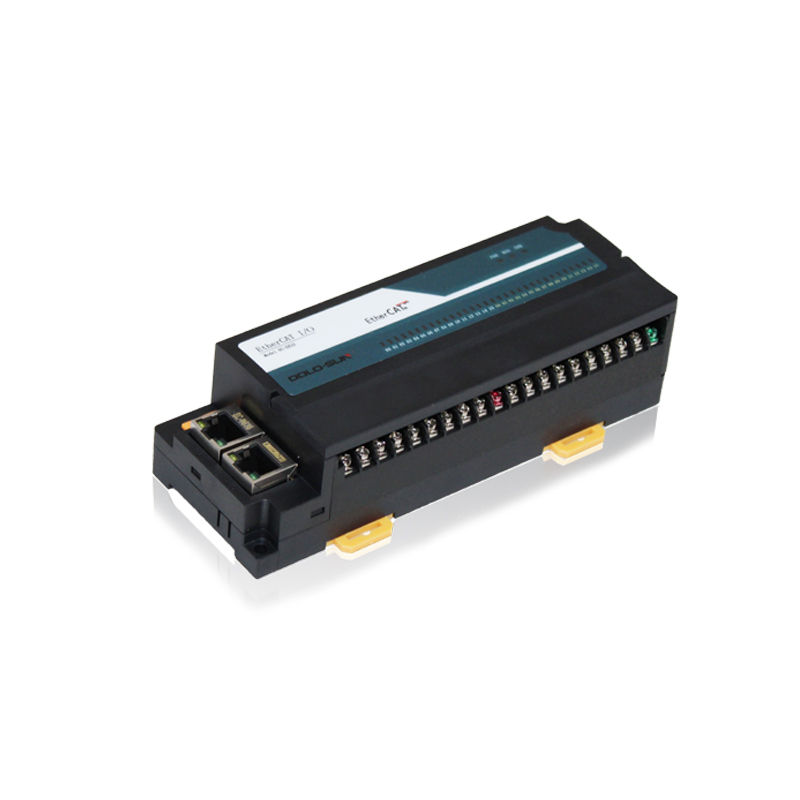
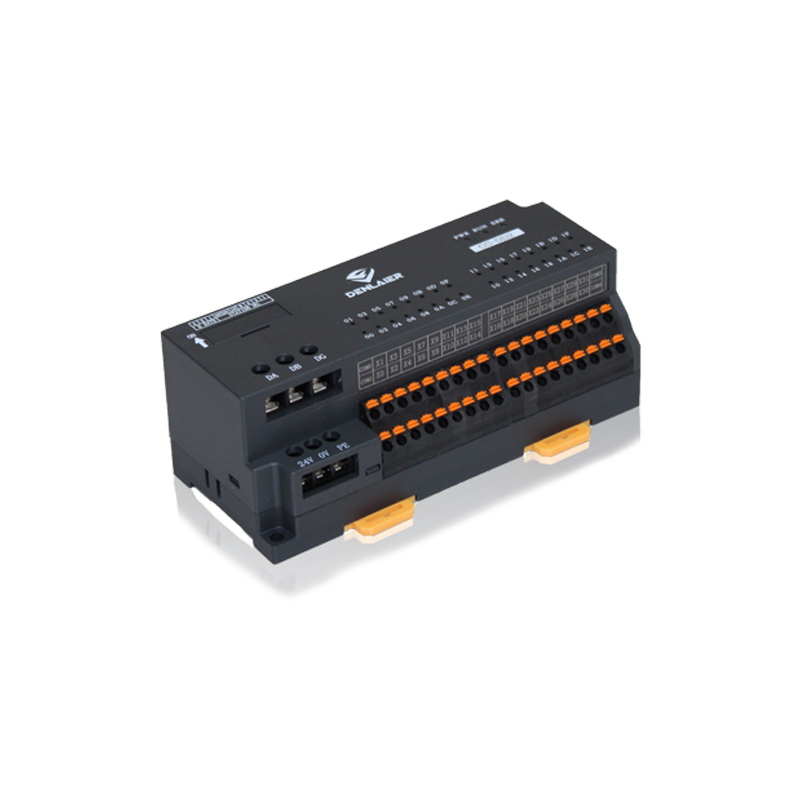
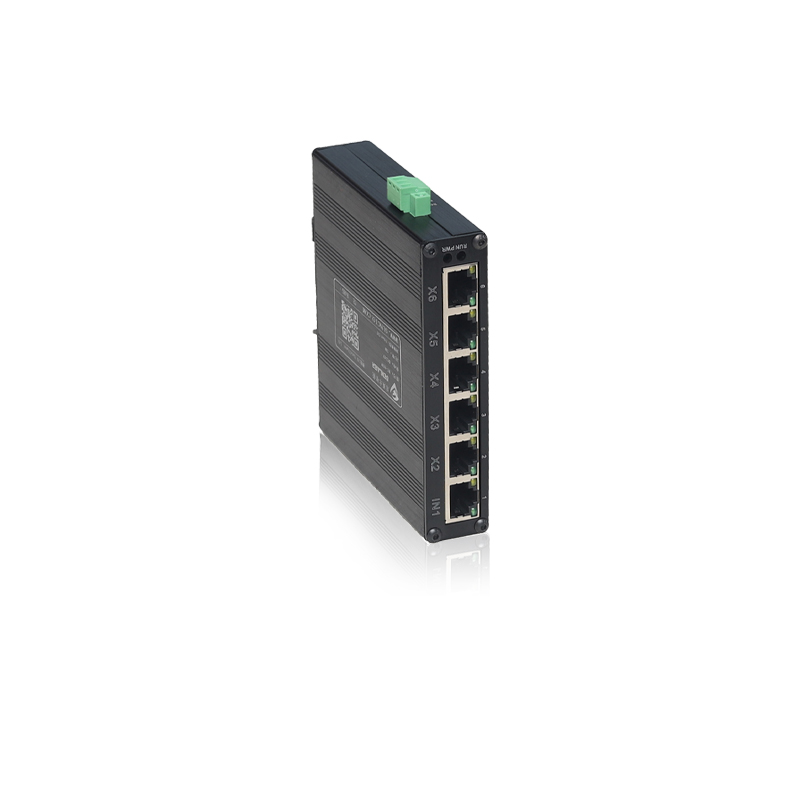
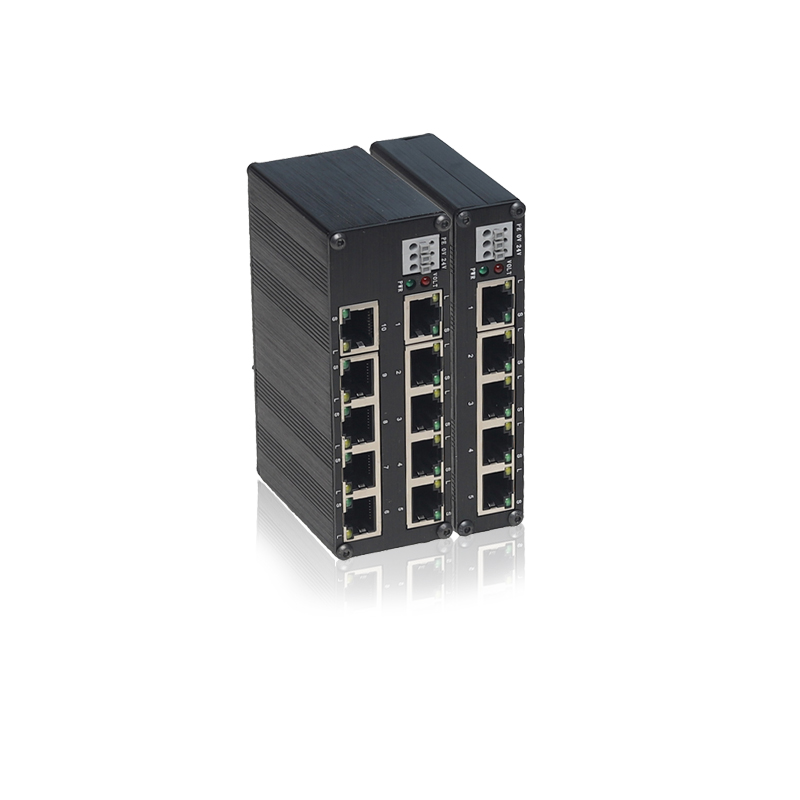
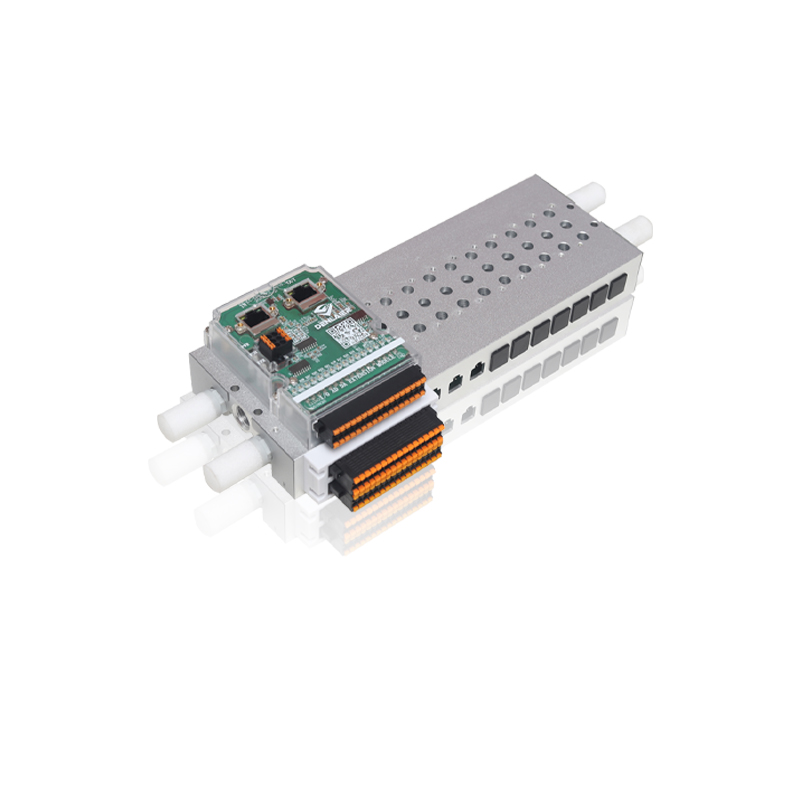
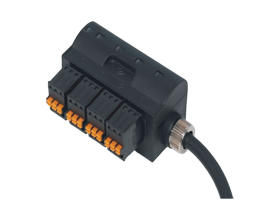
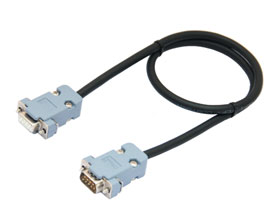

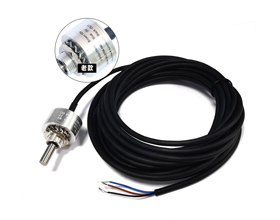
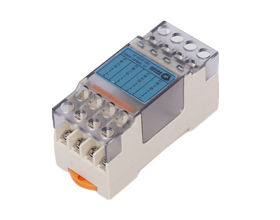
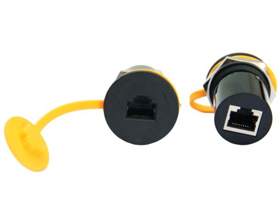

 Follow WeChat
Follow WeChat Official account
Official account